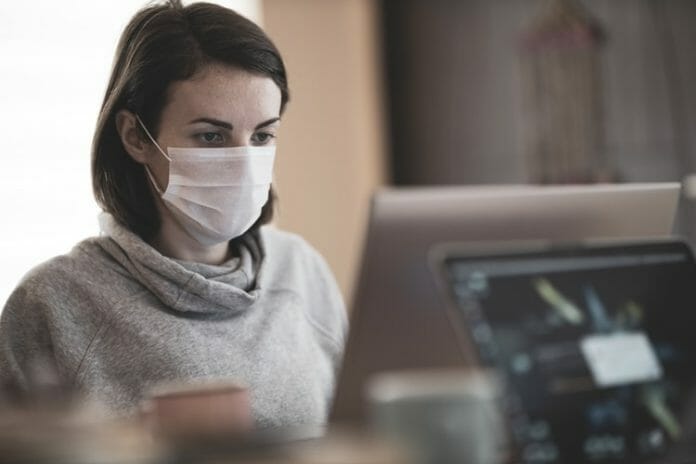Covid-19 is not going to end completely but we will have to learn to live with it.
In early September, new Health Minister Khairy Jamaluddin said the government is preparing a new set of standard operating procedures (SOP) to guide the public on living with Covid-19 as the virus is now being treated as an endemic.
“This is consistent with the approach that has been taken by several other developed countries, where they have moved from pandemic measures like total containment to accepting it as an endemic,” he told a local newspaper on September 1, 2021.
In addition to these coming SOPs, the fully vaccinated population is advised to continue wearing masks and continuously maintain safety precautions when dining out and during working hours. This is especially important with the easing of restrictions and opening up of the economy.
According to The World Health Organisation (WHO) Chief Scientist Dr Soumya Swaminathan , a disease reaches an endemic stage when a population learns to live with its conditions. Its spread is limited to a particular area and its rate is predictable. Unlike a pandemic, it does not overwhelm a population.
Thus the positivity rate of infection, along with the number of serious cases requiring hospitalisation and ICU care become important statistics to monitor, allowing us to coexist with this virus safely, without being overwhelmed by it. The WHO has advised countries to keep the positivity rate below 5%.
This is why virologist Dr Vinod Balasubramaniam, a Monash University Malaysia lecturer says that we should remove our focus on daily Covid-19 case figures and instead look at the percentage of positive cases, the number of serious cases, ICU intakes, ICU capacity, and deaths.
He advises that it is best to assume the number of daily infections are higher than what is reported, as testing rates have dropped from an average of 109,601 tests to 72,307 weeks ago.
“It is time for the people to assume that everyone is Covid-positive unless proven otherwise, given the rise of the more infectious Delta strain,” he said
He adds that in Malaysia, the positive rate has been high, at an average of 9% every week, despite the drop in testing and that this positivity rate shows how many positive cases are detected out of the total tests carried out.
Currently the senior lecturer at the Jeffrey Cheah School of Medicine and Health Sciences, Dr Vinod said the 9% rate meant more testing should be carried out, as it is an indicator that there are more people with Covid-19 who are still not detected.
“The virus has assimilated into our community. We should assume that everyone is positive unless proven otherwise. This is the mantra we should adopt now, besides continued testing and vaccinations,” he said.
He said Covid-19 will likely become endemic such as the flu and malaria and needs to be treated that way as we go forward.
“Vaccinating everyone might not stop Covid-19 from circulating at low levels, and we are unlikely to get close to this. The virus is unlikely to give you lifelong immunity, but if you are infected again, the second infection will likely be less serious. Annual shots might be necessary for vulnerable populations,” he said.









